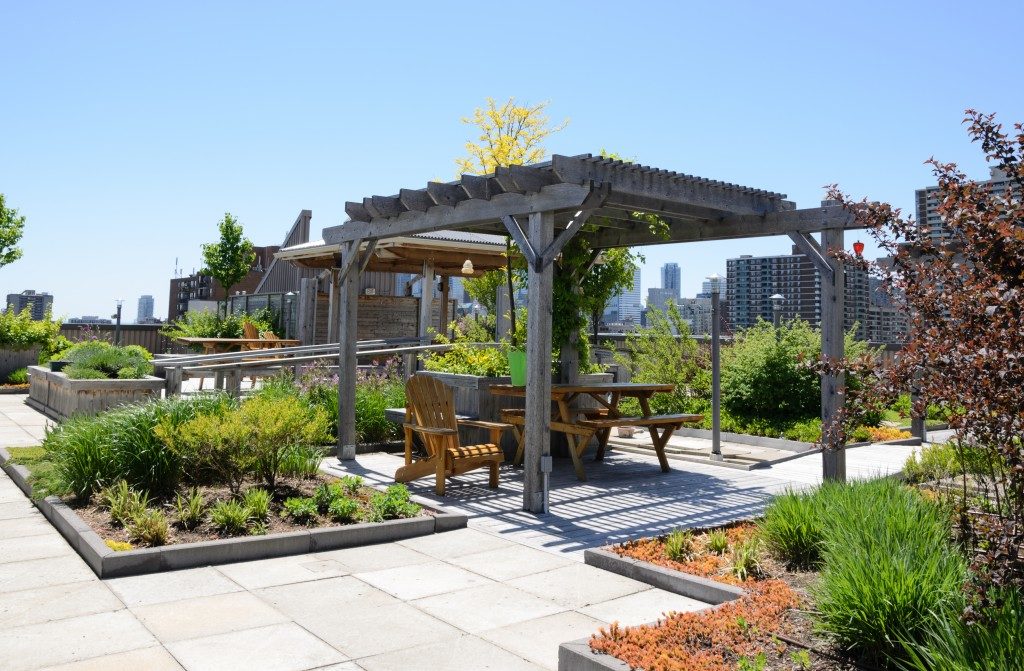Opening a retail store can be a daunting task. As more and more shopping moves online, some may wonder if there’s even a future for brick-and-mortar stores.
But despite the challenges, there are still plenty of opportunities for those looking to open a retail store. However, success comes with understanding the necessary factors to take into account.
If you want to start on the right footing, make sure you have the following in place before opening your doors to the public.
Budget
Having a realistic budget is critical when opening a retail store. There are numerous costs associated with setting up a shop that can quickly add up.
You’ll need to factor in the cost of rent, inventory, fixtures, signage, marketing, and more. Before taking the plunge, it’s essential to have a clear idea of how much money you’ll need to get started—and how much you can realistically expect to bring in.
Many businesses choose to buy a space rather than leasing. This strategy is a significant investment, as you’ll eventually own the property. But it also requires a much higher up-front cost. In that case, contacting a mortgage loan representative might help. They are knowledgeable about the steps involved in qualifying for and securing a loan so that you can acquire the funds you need to purchase a retail space.
Location
Your choice of location can make or break your retail store. It’s essential to carefully consider the area’s demographics and foot traffic, and competition when selecting a spot for your business.
You’ll want to choose a convenient location for your target customer base. If you’re selling products that require a higher income, you’ll want to be in an affluent area. But if your products are more budget-friendly, a location in a lower-income neighborhood could still be successful.
It’s also essential to think about foot traffic when choosing a location. The more people who walk by your store, the more likely you will get customers. If possible, select a location near other businesses that complement your products. For example, locating near a furniture store could bring in additional customers if you’re selling home goods.
You should also research the competition in the area before settling on a location. If there are already several stores selling similar products, you’ll need to find a way to set yourself apart. Consider what unique selling points your store has that will attract customers away from the competition.
This way, you can be sure you’re choosing a location that will give your retail store the best chance for success.
Product Selection
Your product selection will also play a role in the success of your retail store. To start, you’ll need to decide what type of products you want to sell.
Do some research to find out what’s selling well in stores similar to the one you’re planning to open. You can also look for trends in the industry to get an idea of what customers might be interested in purchasing.
Once you’ve decided on a general product category, it’s time to start sourcing products. If you’re planning to sell branded items, you’ll need to contact manufacturers or distributors to set up accounts.
If you’re selling your products or unbranded items, you’ll need to find reliable suppliers. It’s important to vet your suppliers carefully to ensure you get high-quality products at a reasonable price.

Storefront Design
The design of your storefront reflects the image of your business to the world. So it’s essential to take the time to plan out a strategy that accurately represents the products and brand of your store.
Your storefront should be inviting and easy to navigate. The layout should make it easy for customers to find what they’re looking for, and your signage should be clear and visible from the street.
You’ll also want to choose a color scheme and style that fits with the products you’re selling. For example, your storefront should have a luxurious feel if you’re selling high-end fashion items. But if you’re selling budget-friendly items, your storefront shouldn’t be too flashy or over-the-top.
Nonetheless, your storefront is an integral part of your retail store, so be sure to consider the design.
Furnishing Your Store
Your goal should be to create a functional and appealing space for customers. Start by considering the flow of traffic through your store. Then, choose furniture and displays that will make it easy for customers to browse your products.
You’ll also want to create defined spaces for different product categories. For example, you might have a section for clothes, another for accessories, and another for home goods. It will help customers find what they’re looking for more easily.
And don’t forget about the checkout area! Make sure it’s well-designed and efficient so that customers can make their purchases quickly and easily.
A retail store can be a valuable asset for any business, but it’s not as simple as opening up a shop and waiting for customers to come. Many factors go into the success of your storefront, including a budget, location, product selection, store design, and furnishing. Once you’ve considered all of these factors, you’ll be on your way to opening a retail store that’s sure to thrive.



